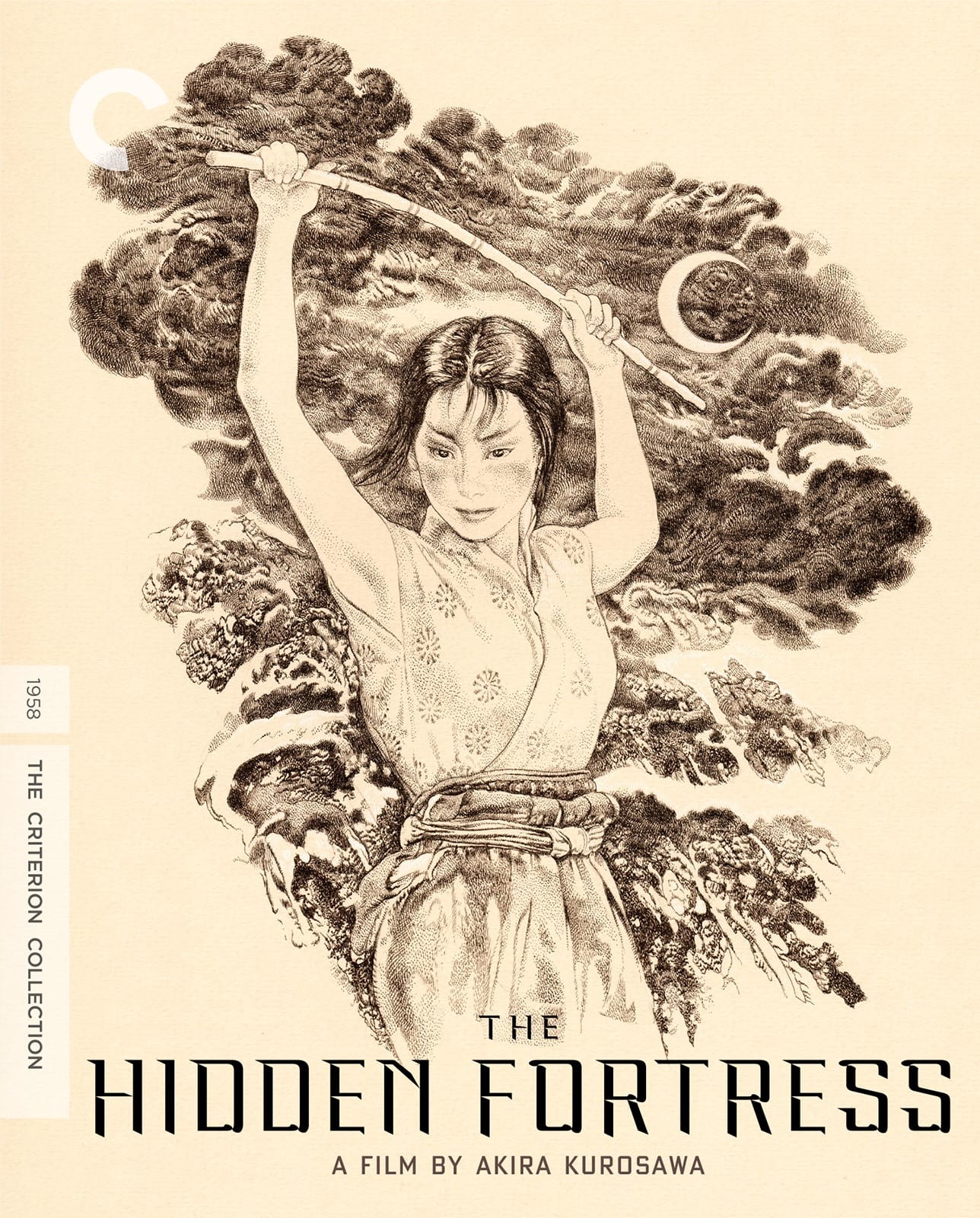By CONNOR KEATING
Tiger Media Network
For those of you who are in the Fort Hays State University Department of Informatics, you’ve likely had a class with a certain professor who, in his lectures, often brings up “Star Wars” as an example for many topics, usually talking about how George Lucas came up with the idea for his galactic adventure film – another film referred to as “The Fortress.” For those of you who are paying attention and actually processing the information in his lectures, you may wonder, “What the heck is ‘The Fortress’?” Well, for this entry of Off The Shelf Reviews (a name that I later found out was already taken), we will be taking a look at an obscure little film – Akira Kurosawa’s 1958 epic, “The Hidden Fortress” – that would become the inspiration for one of the biggest film franchises of all time.
“The Hidden Fortress” follows a pair of peasants, Matashichi and Tahei, who had gone to war in the hopes of becoming insanely rich, but ended up being mistaken for the defeated enemy. The two manage to escape, and one day discover a piece of gold inside a stick. They soon encounter a strange man by the name of Rokurota Makabe, who tells them that there is more if they help him. However, Makabe is secretly a powerful general who needs to escort Princess Yuki through a hostile country and across the border. So he tricks the two greedy peasants into helping them, and leads them to believe the princess is just his mute woman. Now, the four of them have to traverse a war-torn Japan with bundles of wood hiding pieces of gold and get Princess Yuki to safety.

Now, you’re probably wondering, “How the heck does some samurai movie influence one of the most beloved sci-fi films of all time?” Well, for starters, the main protagonists, Matashichi and Tahei, are the direct inspiration for R2D2 and C3PO, and I’m sure that Princess Leia was at least somewhat inspired by the kind, but loud tomboy Princess Yuki. Oh, and those silly wipe transitions “Star Wars” is known for, yeah, those are here too, but how does the film itself hold up?
One of the greatest strengths of “The Hidden Fortress” is its characters. Matashichi and Tahei would normally be comic relief side characters in any other film, but here, they’re thrown to the front. The two have a fun dynamic where they’re best bros who will never leave each other’s side but are constantly insulting one another, and trying to screw each other over. Kurosawa films often have a dash of comedy thrown in, but it’s never jarring, and takes you out of the film or lowers the stakes.
The film is quite slow, there aren’t many big action scenes until the third act, but the antics of Matashichi and Tahei make it so the film is never boring. Then there’s Rokurota Makabe, the elite general for the Akizuki clan, and as always, Toshiro Mifune brings his A-game to the role. He has a nice little arc where he must learn kindness and compassion, after the Princess scolds him for sending his own sister to her death for the Princess’s safety. Makabe is the type of guy who knows when to laugh and when to be serious, and through all of the peasants’ schemes and antics, he manages to keep a relatively level head. Makabe also has a nice relationship with one of the enemy generals, which pays off nicely in the end. Also, we get a cool spear battle between the two of them, which is awesome to see since most samurai films focus so heavily on sword duels.


Finally, there’s Princess Yuki, the daughter of a defeated ruler who raised her as a son, and now she’s being hunted tirelessly by enemy forces. She’s awesome; she’s a kind ruler but has this very gruff and loud voice that totally offsets it. It’s kind of funny watching it with subtitles because the sub will be something nice, but the delivery makes it seem like she’s scolding someone. Don’t take that the wrong way, though; it’s clearly intentional and makes for a very fun and well-acted character. It’s a shame she has to be silent for most of the film to hide the fact that she’s the princess, but those scenes are very well done and it makes the moments when she does speak all the more impactful.
I think some may find the film to be a bit boring as it’s very slowly paced, but the characters are just so likable and entertaining that you really become engaged in their journey. The lack of action does help make the moments of excitement all the better when they do happen. Sword fights on horseback, spear duels, waves of firing squadrons hunting down our main characters, it’s all fantastic stuff.

The characters, story, and action are all great, and so is… basically everything else. The cinematography is beautiful, the music sticks with you, the set design, costumes, and all the little stuff you might not have noticed are terrific! Though, this is standard for most Kurosawa films.
It is kind of a shame that the film has become just a footnote for another film’s history, because “The Hidden Fortress” is a very good movie. The first time I watched it, I grew a little bored towards the third act; it is a very long film, but this time around, I enjoyed it a lot more and it has quickly become one of my favorites of Kurosawa’s. If you like old-school movies, definitely check this one out. I give it nine “women about to crush a guy with a rock” out of ten.
Connor Keating is a junior at Fort Hays State University, studying digital media and journalism. Connor is an old-school movie fan, particularly Japanese monster movies, and is an avid DVD collector.


You must be logged in to post a comment.